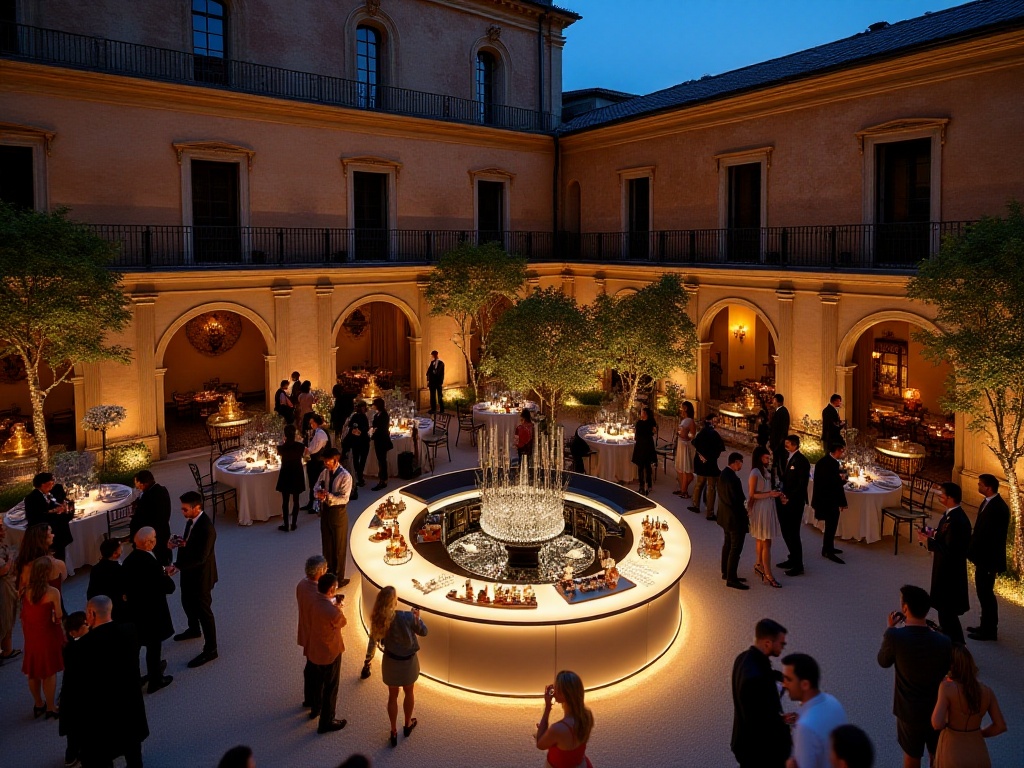First Impressions
I'll never forget the first night I stepped into Manhattan's nightclub district. Even before darkness fell completely, long lines had formed along both sides of the street, with well-dressed men and women, the air filled with anticipation and excitement. Security guards in crisp suits occasionally communicated through their earpieces, appearing professional and mysterious. Passing taxi drivers, already accustomed to the scene, would occasionally honk at the queuing crowds, adding a touch of local flavor to the street.
The nightclubs here are quite different from the simple music-plus-drinks model found back home. You need to do your homework beforehand to understand each venue's characteristics and rules. Some clubs focus on electronic music, others prefer hip-hop, and some stick to traditional House. Different music styles attract different crowds, forming unique micro-ecosystems.
While queuing, I noticed that the crowd was very well-behaved. No one was shouting, and few people were smoking on the street. Everyone quietly played with their phones, occasionally chatting in low voices, displaying an elegant and restrained attitude. This made me realize that Manhattan's nightclubs aren't just entertainment venues, but rather social platforms where etiquette and rules matter.
Dress Code
When it comes to dress code, it's truly a complex subject. My first experience at Marquee was absolutely mortifying. I wore an expensive pair of sneakers, thinking they were both fashionable and comfortable. At the entrance, the security guard politely told me: "Sorry, sir, we don't allow sneakers here." At that moment, I felt like everyone's eyes were on my feet, and I wanted to disappear into thin air.
Later, I understood that in Manhattan's upscale nightclubs, dress code is a form of respect for the venue and others. For men, the standard outfit includes dress shoes, a shirt, and dress pants. Shirts should be solid-colored or with simple stripes, avoiding overly flashy patterns. Dress pants should be well-fitted, preferably in dark colors. In summer, lighter linen fabrics are acceptable, being both formal and breathable.
Women's dress codes are relatively more flexible but still have guidelines. A cocktail dress is the safest choice, with the length around knee level. Overly revealing outfits might result in polite denial of entry. For shoes, heels are standard, but comfort should be considered since you'll be standing for long periods. I've seen many women carry a pair of flats in their bags to change into when their feet get tired.
Accessories are also important. Men should wear a dress watch, which both enhances the overall look and is practical for checking time. Women's jewelry should be moderate, as overly elaborate pieces might appear tacky. Bags should be small and compact, both for convenience and to avoid bumping into others in crowded dance floors.
Entry Rules
The entry process is truly a social art. First, identification is essential. I recommend carrying your passport, as they don't accept other countries' ID cards. Interestingly, even if you clearly look over 21, security will carefully check your ID. This isn't targeting anyone specifically; it's just part of their job responsibilities.
Queuing also has its protocols. If you've reserved a table, you can directly find the staff outside, and they'll verify your information before letting you in. For general admission, it's recommended to arrive 1-2 hours early, as popular clubs often limit their capacity. While queuing, maintain your position; don't try to cut in line or use connections, as security has zero tolerance for such behavior.
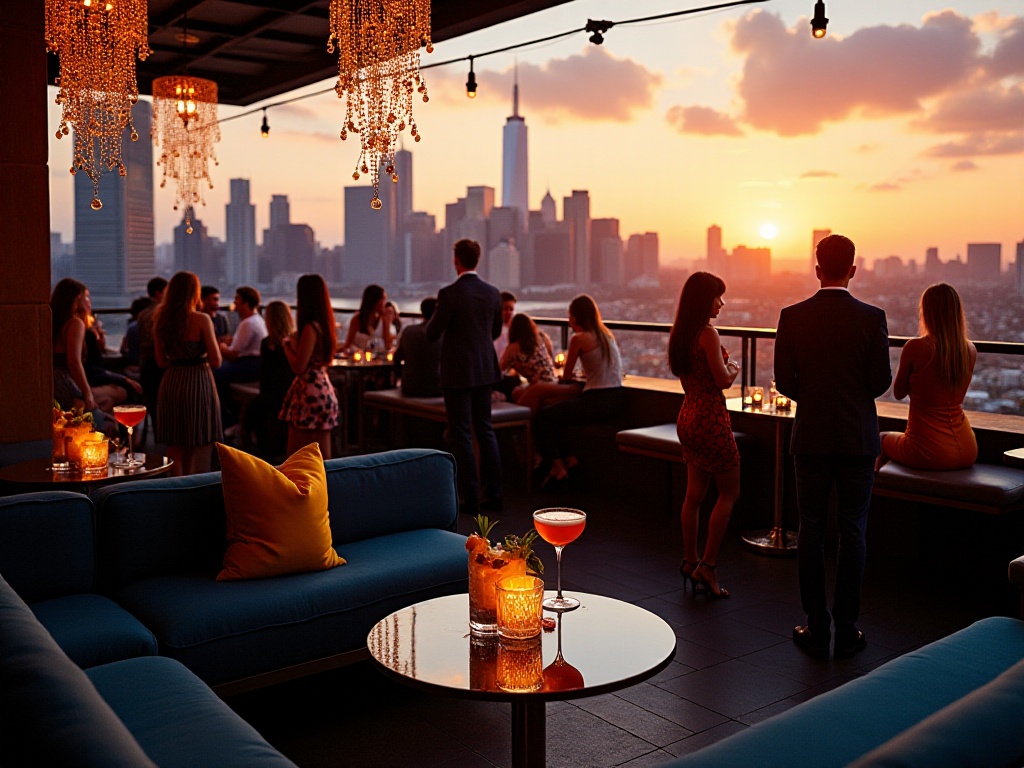
Payment Practices
Regarding payment, the rules here are quite unique. First is the tipping culture, which is a basic social etiquette in America. When ordering at the bar, tip the bartender 1-2 dollars per drink. If you feel the bartender provided exceptional service or made you a special drink, you can tip more.
Table service tips usually range from 18%-20% of the bill. This might seem high, but remember that servers constantly move between the bar and tables, ensuring your drinks are supplied promptly and handling various unexpected situations. Giving appropriate tips is recognition of their hard work.
Ordering drinks also requires strategy. Here, ordering individual drinks often costs more than buying bottles. If you're with a group, it's recommended to order bottles directly, and servers will provide appropriate mixers and ice. Moreover, bottled drinks are often better quality and more cost-effective.
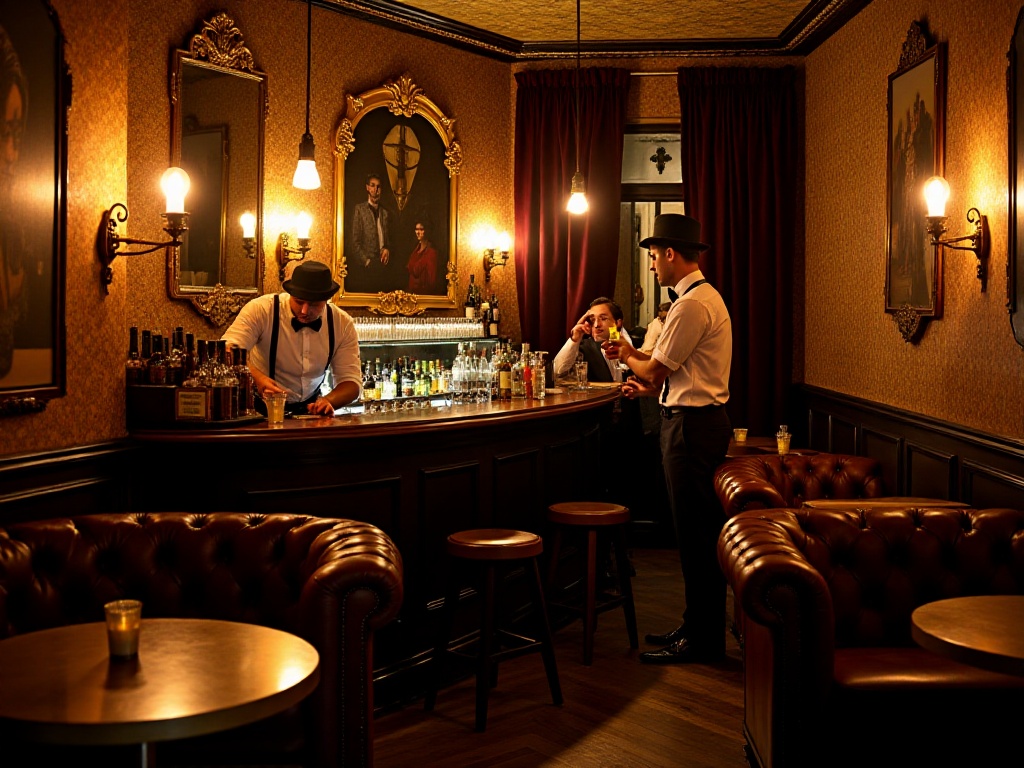
Culture Shock
Manhattan nightclubs' social atmosphere gave me the biggest culture shock. It's not just about immediate pleasure, but an extension of social networking. I often see well-dressed Wall Street professionals discussing stocks and funds at their tables, and artists discussing latest exhibitions and creations.
Music is the soul of these places. DJs adjust their music style based on the crowd's energy, from smooth Deep House to energetic EDM, creating perfect emotional curves throughout the night. Interestingly, even at the most intense moments, people rarely lose control - this restrained indulgence is particularly captivating.
Venue Selection
Manhattan's nightclubs each have their characteristics, and choosing the right venue is crucial. 1Oak in Chelsea is a typical celebrity party spot with high entry barriers, but if you get in, you might encounter Hollywood stars or sports celebrities. I once ran into an NBA star there, and although I was too shy to ask for an autograph, the feeling of being so close to your idol was truly amazing.
Le Bain is completely different in style. Its terrace overlooks all of Manhattan, and during sunset, when golden light falls on the Hudson River accompanied by DJ music, it's a feast for eyes and ears. The clientele here consists mostly of artists, designers, and creative professionals, creating a more relaxed atmosphere.
Marquee is a paradise for electronic music lovers. Its sound system is top-notch, and they regularly invite world-class DJs to perform. Although admission isn't cheap, it's absolutely worth it for true electronic music enthusiasts. I often meet fans who fly in from Europe specifically to see certain DJs perform.
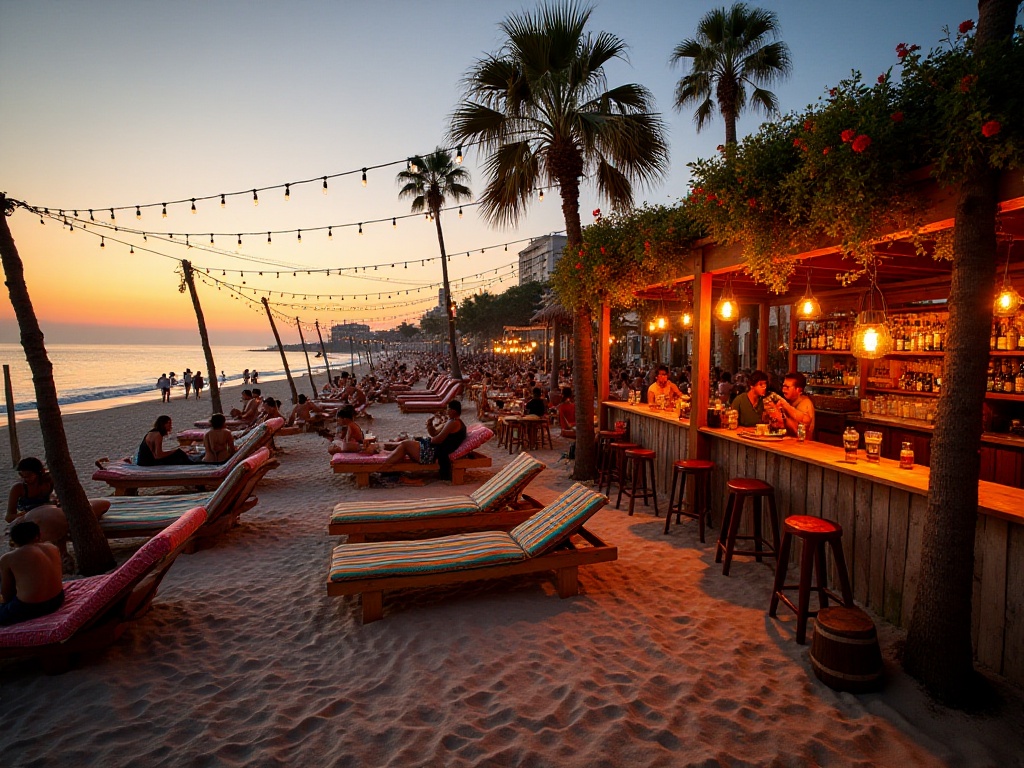
Reservation Tips
For the best experience, reservations are key. Popular clubs usually require bookings two weeks to a month in advance, even earlier during holidays. When reserving, be sure to confirm the minimum spend - generally, tables for 6-8 people have a minimum spend of $1,500-2,000.
It's best to book through official channels or reliable reservation platforms to avoid scalpers. Some scalpers promise to secure good tables and charge high service fees but might not actually have valid reservations. I've heard of cases where people were scammed, arriving to find no record of their reservation.
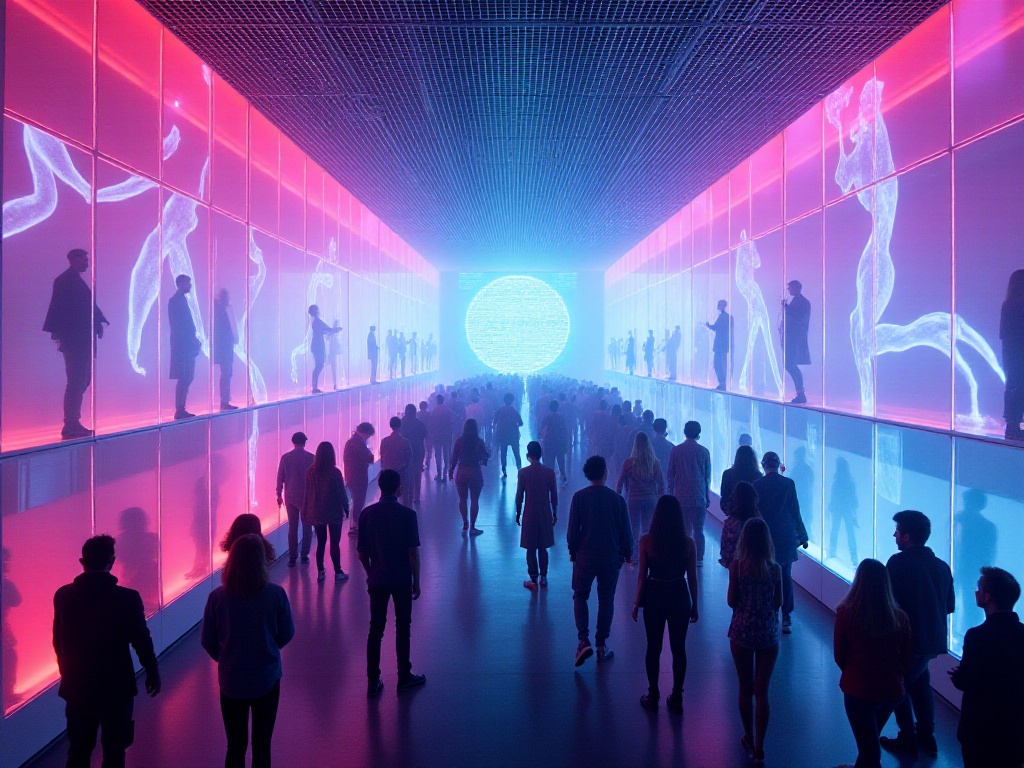
Safety Tips
Safety always comes first. Although Manhattan's nightclub district is generally safe, certain details require attention. First, don't leave your table alone, especially for women. If you need to use the restroom, it's better to go with a friend. Second, don't accept drinks from strangers, even if they seem friendly.
My friend who almost lost his wallet serves as a lesson. He was a bit drunk and casually left his coat on a chair when going to the bathroom, only to return and find his wallet missing. Fortunately, he discovered this quickly and immediately froze his credit cards, preventing greater losses.
Experience Reflections
My biggest takeaway from Manhattan's nightclub culture is: these aren't just entertainment venues, but platforms for expressing life attitudes. Everyone plays their role here, needing to both let loose and follow rules. This balance actually reflects New York City itself in miniature.
The coordination of music and lighting is always perfect, allowing people to immerse themselves without losing rationality. The professional and attentive service makes everyone feel respected. Even among strangers, people maintain appropriate distance and politeness, creating an atmosphere that feels both relaxed and safe.
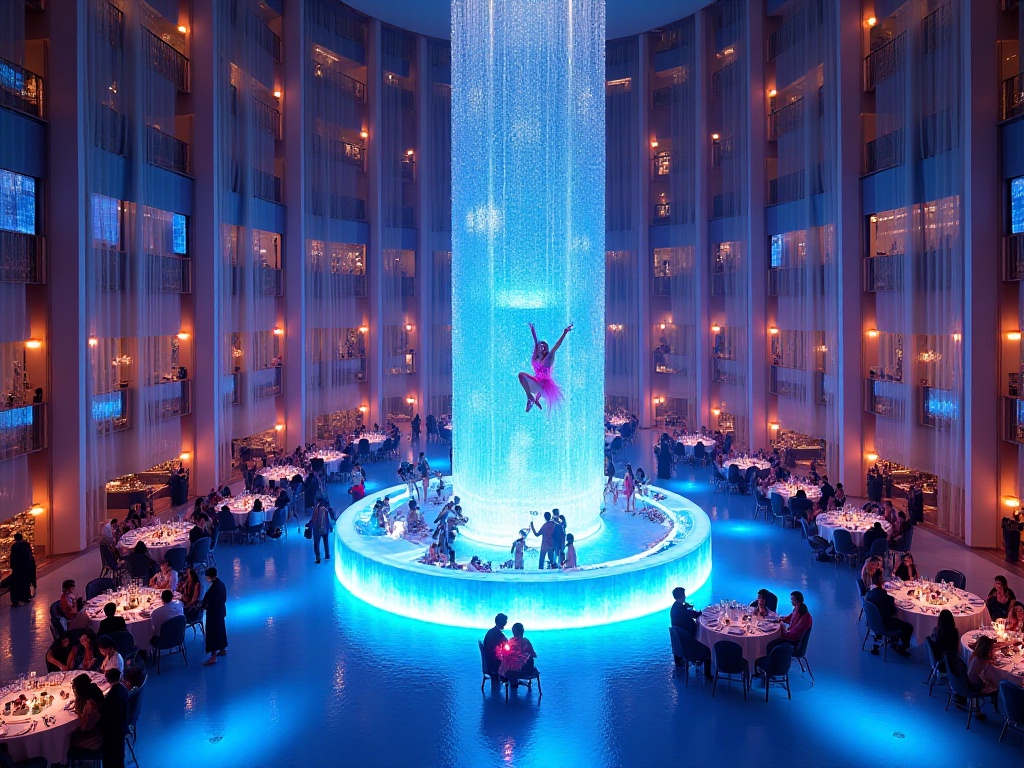
Looking Back
Reflecting on this experience, I think Manhattan's nightclub culture is unique because it perfectly balances entertainment and social aspects. It's not just a place for relaxation and enjoyment, but also a platform for networking and cultural understanding. For those wanting to experience the nightlife here, the most important thing is maintaining an open and respectful attitude - that's how you truly integrate and enjoy this unique cultural experience.
Each nightclub has its own personality and rules, and understanding and respecting these rules is key to having a good time. Whether it's dress code, social interaction, or spending, doing your homework beforehand is essential. Choose venues that suit you, follow basic etiquette and norms, stay alert - this is how you can truly appreciate the charm of Manhattan's nightclub culture.







